 To get personal freedom from relgion we need freedom of religion -- and so does everyone else. As the Kalama Sutra advises, Follow the path that accords with your understanding. Understanding expands with greater wisdom. Then, with the direct experience of enlightenment, comes freedom from depedence on all "views."
To get personal freedom from relgion we need freedom of religion -- and so does everyone else. As the Kalama Sutra advises, Follow the path that accords with your understanding. Understanding expands with greater wisdom. Then, with the direct experience of enlightenment, comes freedom from depedence on all "views." In fact, along with all major world religions, they may be saying the same thing -- but this is never the case in the popular conception of adherents. We argue for the differences, differences most of us never understand.
In fact, along with all major world religions, they may be saying the same thing -- but this is never the case in the popular conception of adherents. We argue for the differences, differences most of us never understand.Christians say "liberation" is rebirth in heaven; mystic Christians understand that it is merging with "God," not proximity to a separate being but rather that "San Francisco sense" of Oneness. What sense is that? Saint Francis of Assisi, in Spanish San Francisco, clearly understood non-duality, what some now call a "Christ consciousness," that we ourselves are not separate from "God."
Ordinary Hindus say "liberation" is rebirth in Brahma's heaven to remain there for all time; mystic Hindus (seers and yogis) understand that it is merging with Brahman, not rebirth in the proximity of the exalted extraterrestrial Brahma but rather that yogic (yoking) sense of connectedness. What sense is that? Hindu sainthood is called "Krishna consciousness." Self-realization is the key.
- According to Advaita Vedanta, the attainment of "liberation" coincides with the realization of the unreality of "personal self in the psyche" [ego] and the simultaneous revelation of the "Impersonal Self" as the ever-existent Truth Brahman, the source of all spiritual and phenomenal existence.
The Buddha taught all who asked, without taking them from their tradition, introducing them to timeless and directly visible wisdom.
But the Buddha rejected -- or perhaps it is better to say refined* -- these notions and showed the way to the ultimate liberating truth: There is no self, no ego, nothing to merge with the Allness and, in a sense, nothing that was ever separate from it.
Put in those terms, the mystics all agree. But the Buddha warned -- speaking to Vedic Brahminical "Hindus" and by extension everyone else -- that unless the bonds (samyojana) are broken, there is no permanent liberation, just wandering through better worlds in the Wheel of Life and Death. Seeing nirvana, touching nirvana, realizing nirvana means the progressive eradication of these Ten Fetters:
- (1) personality-belief (sakkāya-ditthi), (2) sceptical doubt (vicikicchā), (3) clinging to mere rules and rituals as capable of leading to enlightenment (sīlabbata-parāmāsa; see upādāna), (4) sensuous craving (kāma-rāga), (5) ill-will (vyāpāda), (6) craving for fine-material existence (rūpa-rāga), (7) craving for immaterial existence (arūpa-rāga), (8) conceit (māna), (9) restlessness (uddhacca), (10) ignorance (avijjā).
 The problem with trying to distinguish these three religious or existential views is that all of them were profoundly influenced by the Buddha. What the brahmin priests were saying at the time of the Buddha is not what they are saying now, for they have adopted and revolutionized their teaching based on what the Buddha explained and even assimilated the Buddha himself into the religion as an avatar (Earthly incarnation) of their god Vishnu.
The problem with trying to distinguish these three religious or existential views is that all of them were profoundly influenced by the Buddha. What the brahmin priests were saying at the time of the Buddha is not what they are saying now, for they have adopted and revolutionized their teaching based on what the Buddha explained and even assimilated the Buddha himself into the religion as an avatar (Earthly incarnation) of their god Vishnu.Indeed, the Buddha revivified spirituality on the subcontinent which, at least this can be said for the "organized" portion, was based on the ancient Vedas, the ultimate authority of which he rejected during his life. One cannot speak of "Hinduism" or yoga without referencing the Eight Limbs of the Path (Ashtanga-marga). But that formulation was developed (going back 2,000 years to Patanjali but formalized by Adi Sri Shankara) to counter the soaring popularity of the Buddha's Noble Eightfold Path.
They are NOT the same path, and they do not lead to the same goal. But they are so much alike (defined differently in the details) that it is like sorting Macintosh and Red Delicious apples. Generally, only scholars will care. And generally only followers will fight saying such silly things as "My God/guru/religion is more peaceful than yours, and if you don't worship it I'll kill ya!"
 Christianity -- which was developed centuries later and is NOT a religion by Jesus Christ but instead a religion about Jesus Christ -- is not much better. It, too, borrow heavily from Buddhism and many Near Eastern spiritual customs, beliefs, and practices without giving them credit. The historical Jesus, and we assume there was one called St. Issa in India, was very influenced by Buddhism and Hinduism as well. However, no one nowadays is much worried what he taught. Instead, nearly everyone is obsessed with him. In a perverse twist subverting his teachings (as handed down in more than 50 gospels that were popular in ancient times), modern "Christians" do not think of his teachings as the way the truth and the life; they think of him as that (John 14:6).
Christianity -- which was developed centuries later and is NOT a religion by Jesus Christ but instead a religion about Jesus Christ -- is not much better. It, too, borrow heavily from Buddhism and many Near Eastern spiritual customs, beliefs, and practices without giving them credit. The historical Jesus, and we assume there was one called St. Issa in India, was very influenced by Buddhism and Hinduism as well. However, no one nowadays is much worried what he taught. Instead, nearly everyone is obsessed with him. In a perverse twist subverting his teachings (as handed down in more than 50 gospels that were popular in ancient times), modern "Christians" do not think of his teachings as the way the truth and the life; they think of him as that (John 14:6).But Buddhism provides the details if anyone is actually interested in becoming enlightened rather than arguing with others. The "life" is the brahmachariya, the high, noble, or thoroughly purified holy life of self-discipline leading directly to liberation. (Unfortunately, this Sanskrit term, which was around long before the Buddha, is too often defined as "monastic celibacy," which nearly everyone regards as dreadful. The Buddha defined it as so much more and made the Path to enlightenment quite achievable).
Wisdom Quarterly may joke about Christianity but only to shed light on what is nonsense and what is really true and valuable. After all, Buddhists are not atheists; they are non-theists. Whether or not there's a God, what the Buddha taught holds true.


























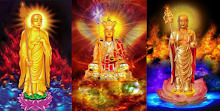



















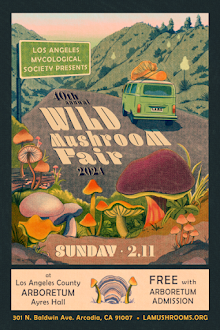





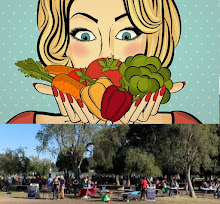









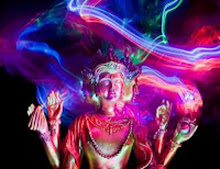









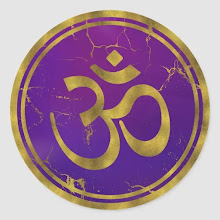





















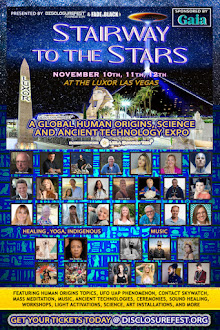
























































































































































No comments:
Post a Comment